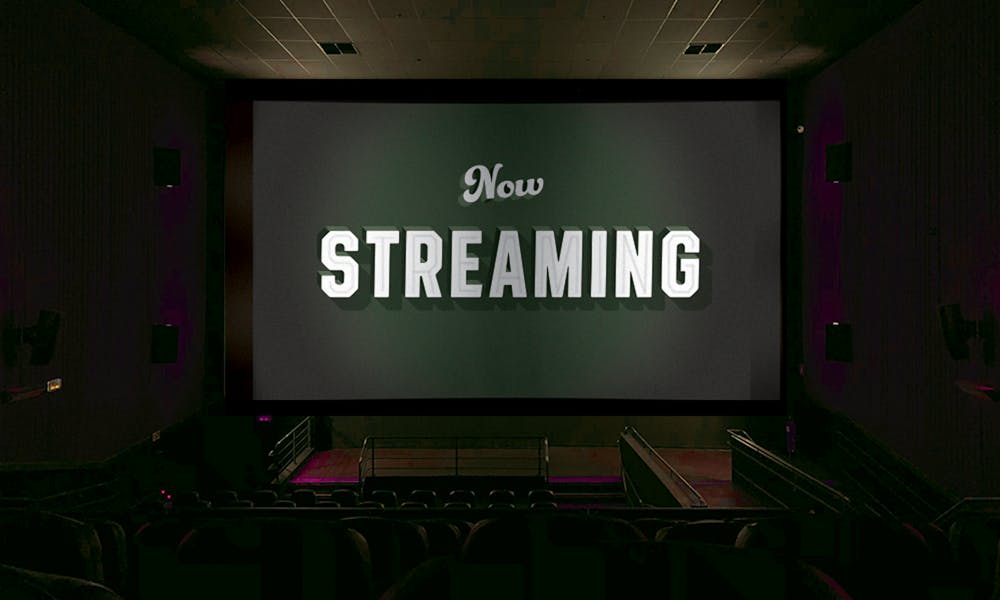Picture this: you've got a large popcorn in one hand and a fountain drink in the other, walking down aisle B and awkwardly apologizing to strangers between you and your seat. You check whether you've turned off your phone three times before the trailers start. Finally, the lights down and the iconoclast Marvel Studios logo appears. For the next two hours, everyone is glued to what's on the screen. Now, shrink that screen by several degrees, replace the chair with a couch, and rather than being on silent, your phone is glued to your hand, your attention divided between the movie and your Twitter feed.
COVID–19 has affected every way of life, including the film industry. Many films and TV shows had to quickly wrap production, or leave projects unfinished with the hope of resuming once things calmed down. However, there were also films that had been completed, or were in post–production and could be finished from afar, sitting and waiting for a release date that may never come.
Some, like Marvel's Black Widow and the upcoming Bond flick No Time To Die, had their release dates pushed back from spring to November. Others, like The New Mutants and Tenet, are in reduced–capacity theaters now. The unlucky few were put right to streaming.
Now, for movies that were already in theaters at the start of lockdowns, the move to video on demand makes sense. Those who were too slow on the draw to enjoy Birds of Prey, Onward, or The Invisible Man in theaters could pay more to see it at home. After all, with everything shut down, this was the perfect time to watch something new.
Then came Trolls World Tour, released on VOD on April 6 to entertain children stuck at home. The sudden online release stirred up controversy, with AMC and Regal Cinemas refusing to show any movies that were released simultaneously in theaters and on VOD. Cast members, including Anna Kendrick and Justin Timberlake, were not informed ahead of time about the sudden switch to digital rental. Meanwhile, Universal was raking in profit.
With the Trolls experiment considered a success, Warner Bros. followed suit by releasing Scoob! digitally in May. Disney decided to take things one step further by releasing Artemis Fowl free for streaming, eating the $125 million price tag in the process. Its next tentpole, Mulan, is set for VOD release on Sept. 4, costing Disney+ subscribers $29.99 on top of the normal monthly streaming fee.
In any other year, these movies would have been blockbusters. All, save for Artemis Fowl, are from established film franchises, and all were marketed towards families. By releasing digitally for an added cost, film studios are attempting to recoup some of the profits in what the industry is euphemistically calling the Summer of No Blockbusters. But, beyond the revenue loss of no theatrical releases, something more important is lost in the shift to home release: immersion.
Going to the movies is a collective experience, even for solo moviegoers. Think of the cheers when Captain America wields Mjolnir in Avengers: Endgame, the gasp when Rose pulls out the car keys in Get Out, the whispered guesses as to where Knives Out may be headed next. The mass laughter and tears cannot be replicated at home, and the epic scale of these features is lost when relegated to a TV in the living room. It would be one thing if these releases were intended for a casual home screening, but they were all supposed to start out on the big screen.
This is not a call to reopen all movie theaters. COVID continues to rage on, and sharing a space with strangers for two hours is unwise. Instead, this is a call to studios to remember what the cinema is for: to bring people together. So shelve the tentpoles and would–be blockbusters until reopening is safe and let post–pandemic moviegoers laugh, cry, and connect again.

